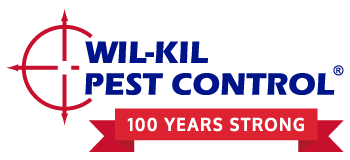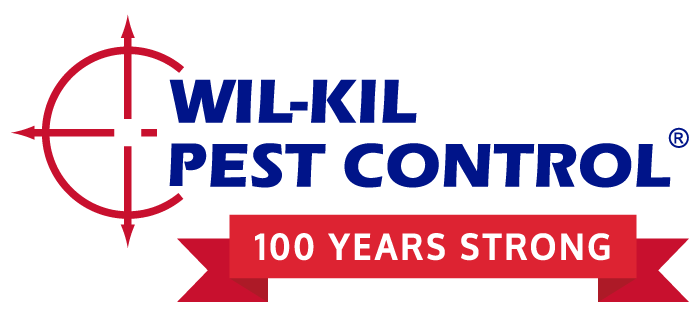Healthcare facilities require a heightened level of awareness when it comes to pest control due to the sensitive populations served. We’ve covered some of the common pest-related health threats in previous blogs, but in this article, we will cover two of the common vulnerabilities healthcare facilities face when it comes to a pest invasion.
External Surroundings
 One of the highest priorities should be preventing pests from entering via the facility’s immediate surroundings. This is known as exclusion in Integrated Pest Management (IPM) and for healthcare facilities, it means keeping entry doors closed and designing entryways to keep flying pests out. Additionally, windows should be properly screened and maintained as these are also popular points of entry. Exterior landscaping like shrubs and trees should be trimmed and maintained to restrict access to upper levels, windows and roof where rodents may attempt entry. This is especially important in autumn when the weather is cooling down and many pests begin to move indoors for warmth.
One of the highest priorities should be preventing pests from entering via the facility’s immediate surroundings. This is known as exclusion in Integrated Pest Management (IPM) and for healthcare facilities, it means keeping entry doors closed and designing entryways to keep flying pests out. Additionally, windows should be properly screened and maintained as these are also popular points of entry. Exterior landscaping like shrubs and trees should be trimmed and maintained to restrict access to upper levels, windows and roof where rodents may attempt entry. This is especially important in autumn when the weather is cooling down and many pests begin to move indoors for warmth.
Get A Free Quote
Water sources are also great places for pests to gain entry. Bad plumbing systems with leaky pipes or chronic condensation attract cockroaches, flies and other pests. Clogged drains also attract unwanted pests. It’s important to keep your plumbing well-maintained and sealed to secure common entry points.
Pest Delivery
Food deliveries are another easy method of pest entry if the proper protocols are not in place and reinforced. Your pest management program should outline standards and processes for food service deliveries to avoid any problems. Delivery inspection, stored food guidelines, and sanitation standards are important aspects of this policy.
Unfortunately, your visitors and patients are also potential carriers for pests. Bed bugs, in particular, can be transported on people’s clothing or belongings and can be spread throughout your facility without proper prevention tactics. Educating your entire staff to spot these problems is paramount to preventing severe infestations.
Proactive Pest Control for Healthcare Facilities
While these are some of the most common vulnerabilities, there are many other areas that require attention and care. The best healthcare facility pest management program is based on proactive prevention and educating your staff to respond to potential problems. Wil-Kil’s certified professionals work with your facility to develop and implement an IPM program that will meet the needs of your specific location.
Contact us today for more information on our pest control services for healthcare facilities.

